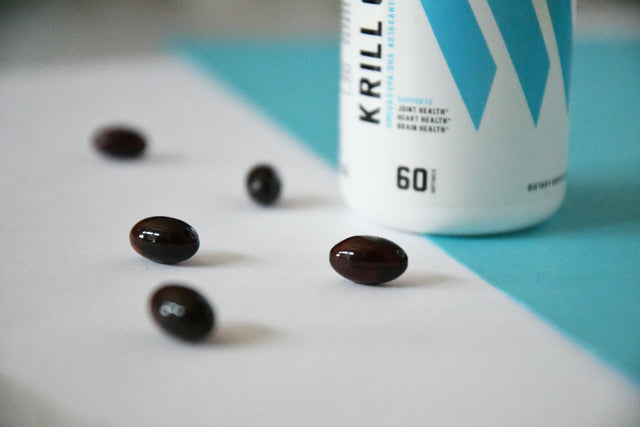The Effects Of Beet Root Juice On CrossFit Performance and Hormonal Response
Study Design: randomized double blind crossover
Author Information Manuel Vicente Garnacho-Castaño, Guillem Palau-Salvà, Noemí Serra-Payá, Mario Ruiz-Hermosel
GRI-AFIRS. School of Health Sciences, TecnoCampus-Pompeu Fabra University, Ernest Lluch, 32 (Porta Laietana), Mataró, 08302, Barcelona, Spain.
Background
Acute beetroot juice (BJ) intake has shown to enhance aerobic and anaerobic performance. However, no studies have evaluated the effects of BJ intake on CrossFit (CF) performance by linking hormonal, metabolic, and mechanical responses. The purpose of this study was to determine the causal physiological association between hormonal, metabolic and mechanical responses, and CrossFit workouts performance after acute BJ intake.
Methods
Twelve well-trained male practitioners undertook a CF workout after drinking 140 mL of BJ (~ 12.8 mmol NO3-) or placebo. The two experimental conditions (BJ or placebo) were administered using a randomized, double-blind, crossover design. The CF workout consisted of repeating the same exercise routine twice: Wall ball (WB) shots plus full back squat (FBS) with 3-min rest (1st routine) or without rest (2nd routine) between the two exercises. A 3-min rest was established between the two exercise routines.
Results
An interaction effect was observed in the number of repetitions performed (p = 0.04). The Bonferroni test determined a higher number of repetitions after BJ than placebo intake when a 3-min rest between WB and FBS (1st routine) was established (p = 0.007). An interaction effect was detected in cortisol response (p = 0.04). Cortisol showed a higher increase after BJ compared to placebo intake (76% vs. 36%, respectively). No interaction effect was observed in the testosterone and testosterone/cortisol ratio (p > 0.05). A significant interaction effect was found in oxygen saturation (p = 0.01). A greater oxygen saturation drop was observed in BJ compared to placebo (p < 0.05). An interaction effect was verified in muscular fatigue (p = 0.03) with a higher muscular fatigue being observed with BJ than placebo (p = 0.02).

Figure 1: Number of repetitions performed after beetroot juice (BJ) and placebo (PL) intake. Abbreviations: BJ-R/3′: beetroot juice condition with 3-min rest between wall ball shots and full back squat. BJ-WR/3′: beetroot juice condition without rest between wall ball shots and full back squat. PL-R/3′: placebo condition with 3-min rest between wall ball shots and full back squat. PL-WR/3′: placebo condition without rest between wall ball shots and full back squat. ★ A significant increase in the number of repetitions performed in the first routine (with 3-min rest) compared to the second routine (without rest) in both experimental conditions (p < 0.001). ☨ A significant increase in the number of repetitions performed in the first routine (with 3-min rest) after BJ intake compared to PL condition (PL-R/3′) (p = 0.007). Data are provided as mean and error bars as 95% confidence intervals
Conclusions
BJ intake improved anaerobic performance only after the recovery time between exercises. This increase in performance in the first routine probably generated greater hypoxia in the muscle mass involved, possibly conditioning post-exercise performance. This was observed with a fall in oxygen saturation and in muscle fatigue measured at the end of the CF workout. The greatest perceived changes in cortisol levels after BJ intake could be attributed to the nitrate-nitrite-nitric oxide pathway.
Find similar articles:
Clinical Studies







